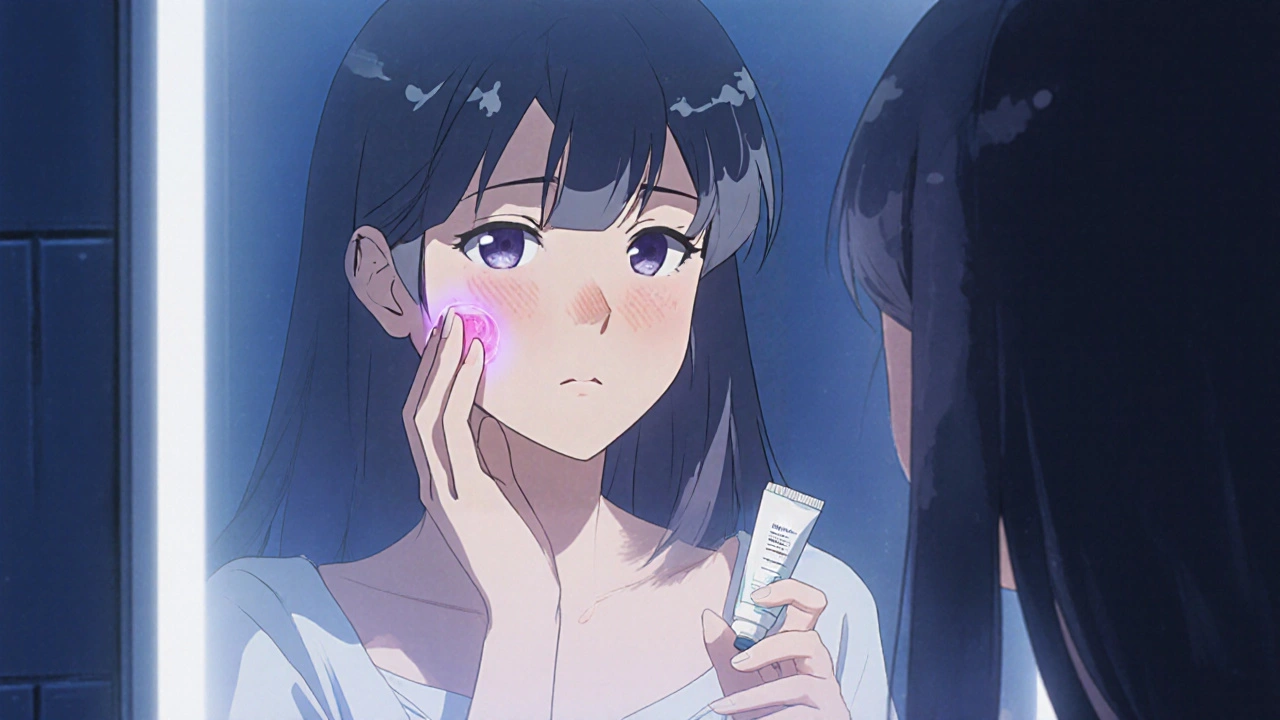Acne Treatment Options: What Actually Works and What to Avoid
When it comes to acne treatment options, practical, science-backed approaches to managing breakouts through topical, oral, or hormonal methods. Also known as acne therapy, it’s not one-size-fits-all—what clears one person’s skin might do nothing for another. Acne isn’t just a teenage problem. It affects adults too, especially women, often tied to hormones, stress, or even certain skincare products. The goal isn’t just to hide pimples—it’s to stop the cycle of inflammation, bacteria, and clogged pores that keep bringing them back.
Most effective topical acne treatments, directly applied skin medications like retinoids, benzoyl peroxide, and antibiotics. Also known as spot treatments, they target surface breakouts and prevent new ones from forming. Retinoids like tretinoin help unclog pores and speed up skin turnover. Benzoyl peroxide kills acne-causing bacteria and reduces redness. Antibiotics like clindamycin are used short-term to calm inflammation. But these only work if you use them consistently. Skip them for a few days? Breakouts come back fast.
Then there are oral acne drugs, systemic medications taken by mouth to treat moderate to severe acne from the inside out. Also known as systemic acne therapy, they’re for cases where creams alone aren’t enough. Antibiotics like doxycycline reduce bacteria and inflammation. For stubborn cases, isotretinoin (Accutane) resets oil production and can clear acne for good—but it needs close monitoring. And for hormonal acne, especially in women, birth control pills or spironolactone can balance androgens that trigger breakouts. These aren’t quick fixes. They take weeks, sometimes months, to show results.
You’ll see ads for miracle serums, detox teas, and LED masks. Some help a little. None replace proven treatments. The real difference comes from matching the right treatment to your type of acne—blackheads, cysts, hormonal flares, or all three. It’s not about how expensive the product is. It’s about whether it targets the root cause.
What you’ll find below is a collection of real, detailed comparisons and guides—like how to pick between topical retinoids, why some antibiotics work better than others, and when hormonal therapy makes sense. No fluff. No sponsored posts. Just clear, practical info based on what works in real life. Whether you’re just starting out or tried everything and still struggling, these posts help you cut through the noise and find what actually fits your skin.

Tretinoin 0.05% vs Common Alternatives: Detailed Comparison Guide
A detailed side‑by‑side comparison of Tretinoin 0.05% with popular alternatives, covering effectiveness, cost, irritation risk and best‑fit scenarios.
More Detail